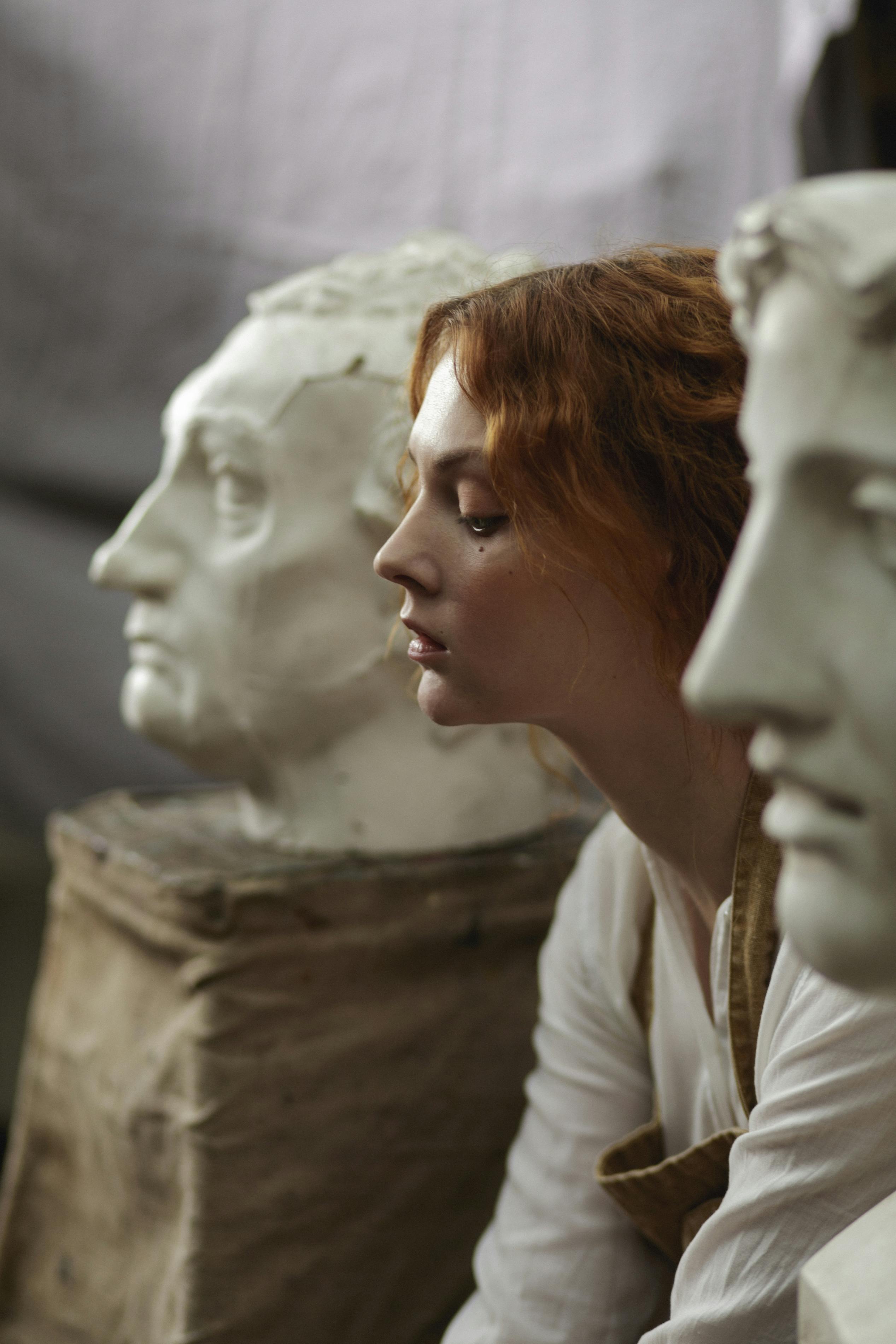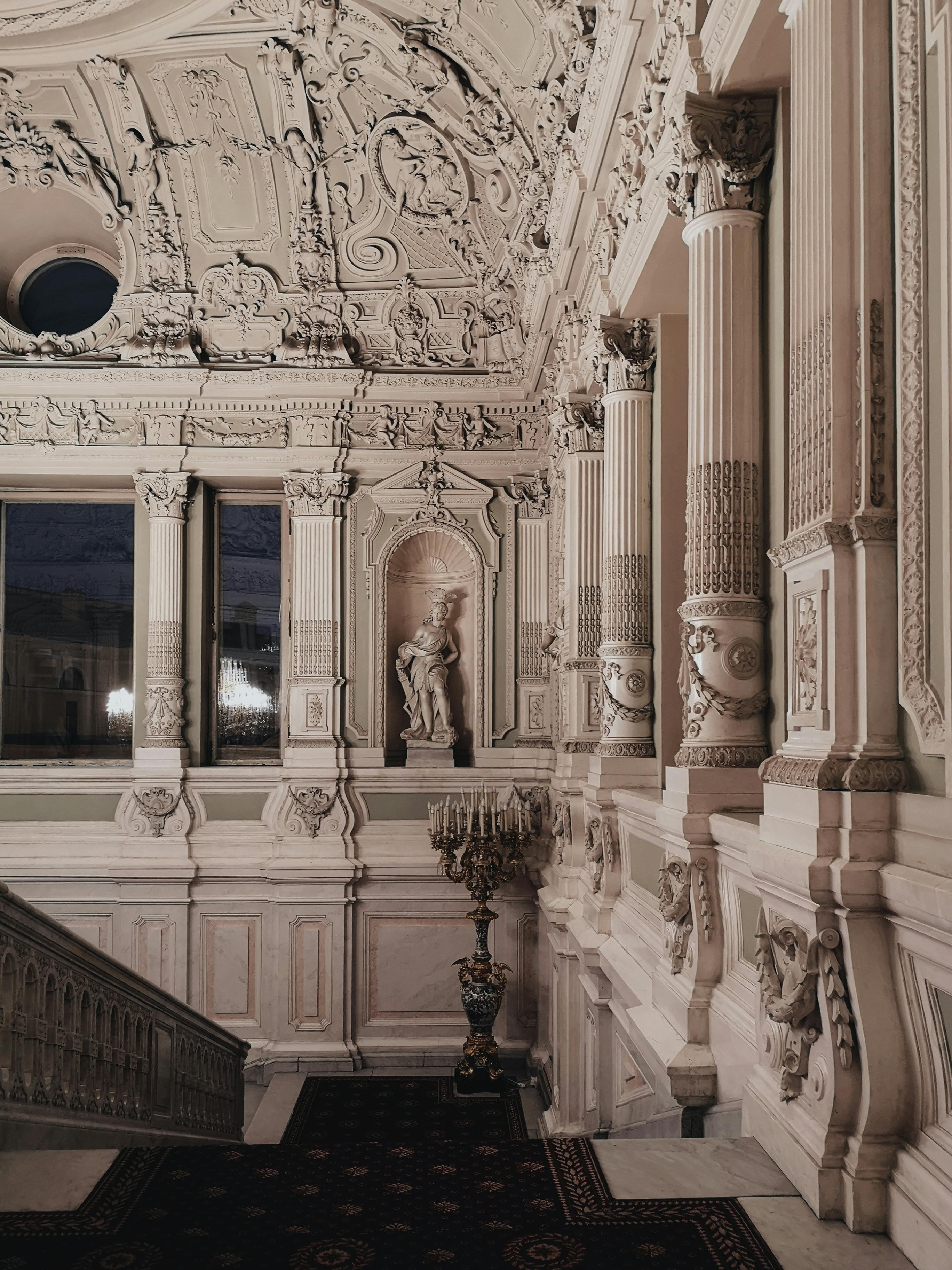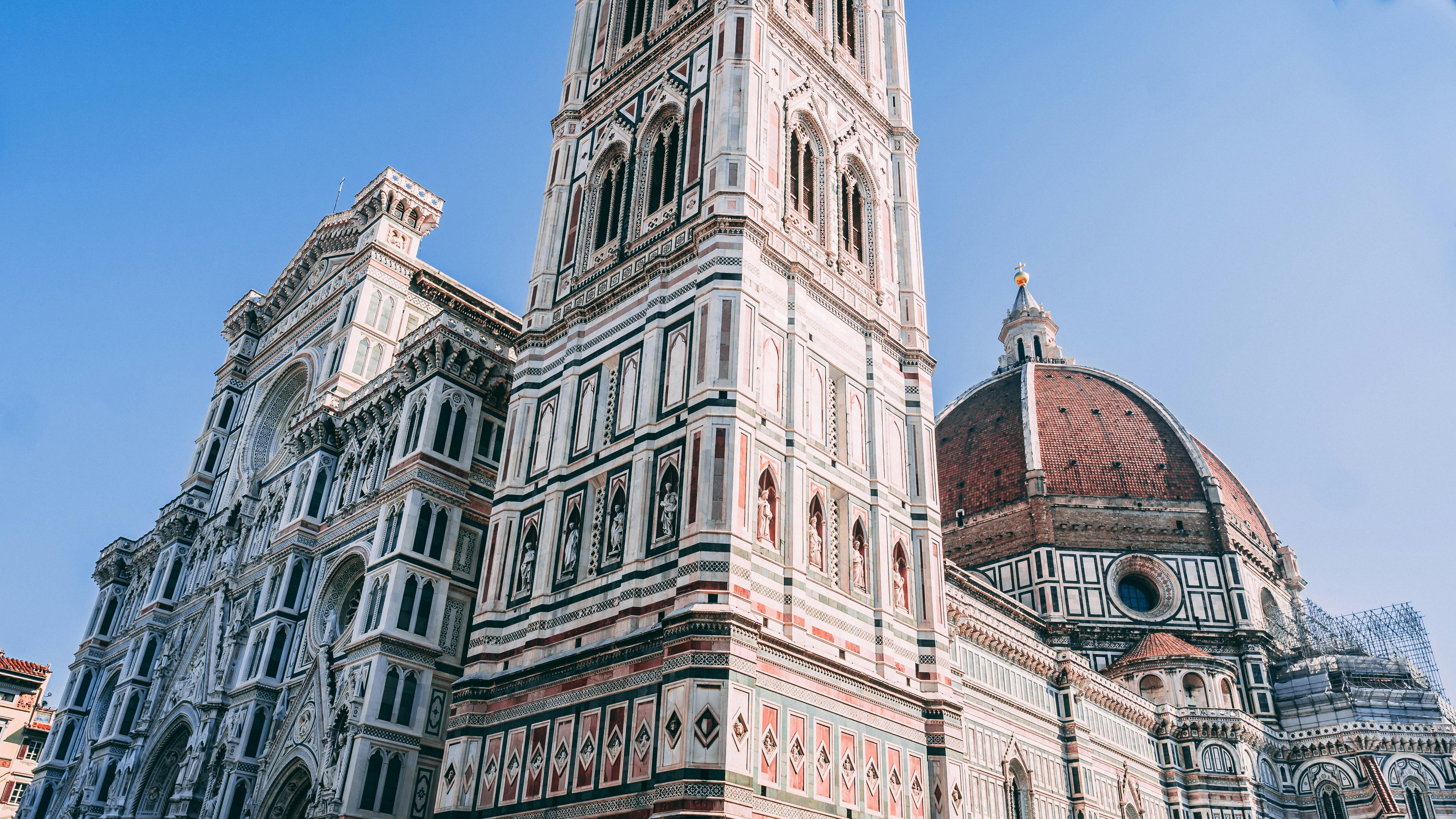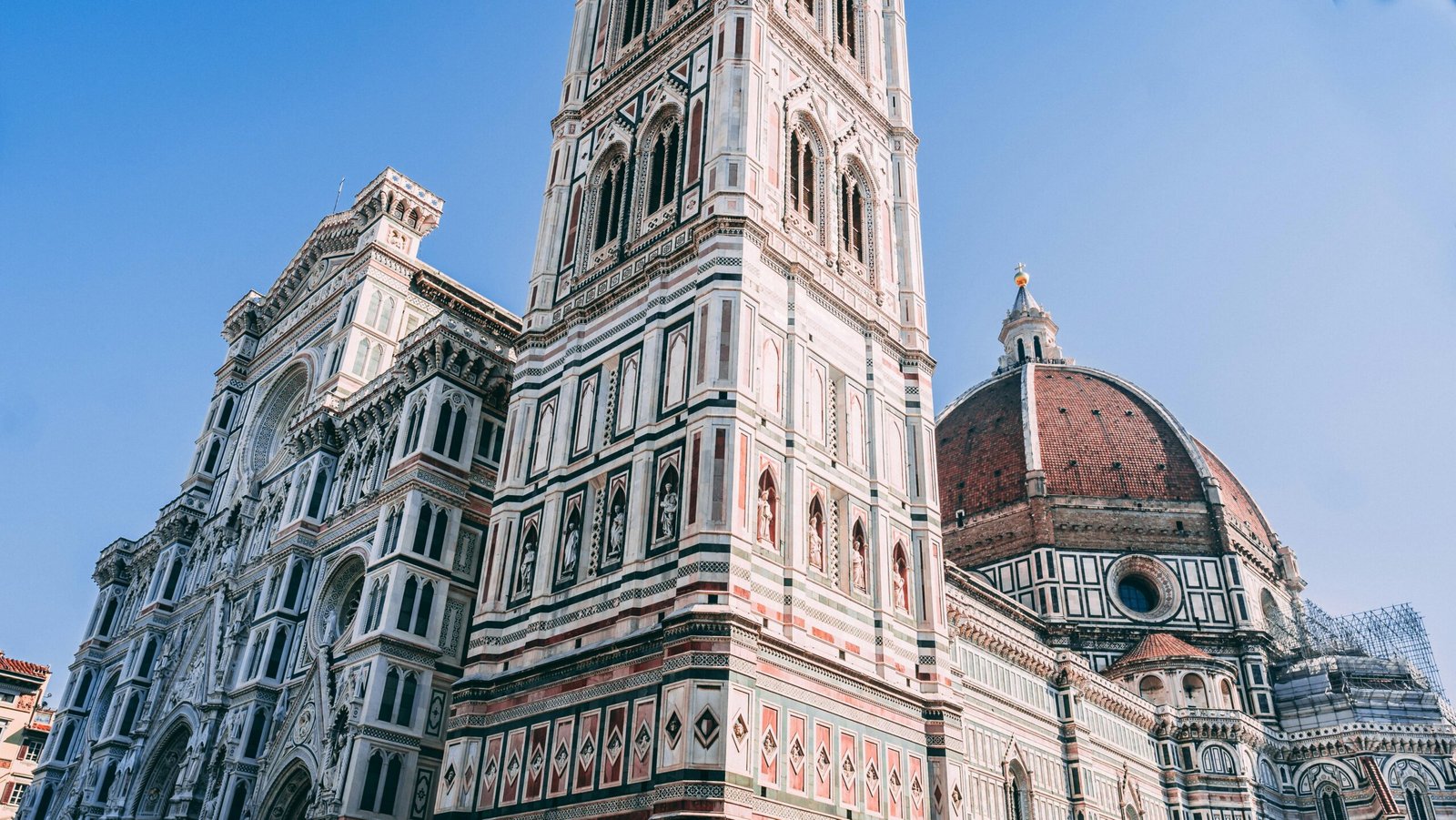Step back in time and uncover the fascinating story of how the Italian Renaissance left an indelible mark on the thriving wine industry. Discover the significance of this cultural and artistic movement as it weaves its way through the vineyards of Italy, transforming the way wine is produced and enjoyed. From new winemaking techniques to the emergence of prestigious wine regions, this captivating journey will reveal the profound influence that the Italian Renaissance had on the world of wine. So, grab a glass of your favorite vintage and join us as we explore this enchanting connection between art and alcohol.

Revival of Viticulture
Spread of Grape Cultivation
During the Italian Renaissance, there was a notable revival of viticulture, leading to a significant spread of grape cultivation. The Renaissance period witnessed a renewed interest in agriculture and the pursuit of knowledge, and viticulture became one of the areas of focus. As a result, vineyards expanded across Italy, with vine cultivation finding its way into regions that were previously not known for wine production. This spread of grape cultivation laid the foundation for the growth of the wine industry in Italy.
Introduction of New Techniques
The Italian Renaissance also brought about the introduction of new techniques in grape cultivation and winemaking. Scholars and intellectuals of the time turned their attention to the study and experimentation of viticulture, leading to advancements in agricultural practices related to vineyards. Innovations such as improved trellising systems, grafting techniques, and methods for disease prevention were developed, which helped enhance the quality and quantity of wine production. These new techniques formed the basis for modern viticulture practices, still followed by winemakers today.
Improvements in Wine Quality
One of the most significant impacts of the Italian Renaissance on the wine industry was the focus on improving wine quality. Previously, wine was often considered a basic commodity, but during the Renaissance, it was transformed into a refined beverage. Through experimentation and innovation, winemakers began to understand the factors that influenced wine quality, such as grape variety, climate, and soil. This newfound knowledge led to a greater emphasis on creating wines of exceptional quality, setting the stage for the development of Italy as one of the world’s leading wine-producing regions.
Shift in Wine Production
Focus on High-Quality Wines
With the Renaissance came a shift in the production of wine, with a particular focus on producing high-quality wines. The increased understanding of viticultural practices, combined with advancements in winemaking techniques, played a crucial role in shaping this shift. Winemakers began to strive for excellence, aiming to produce wines that could compete with the finest examples from around the world. This change in focus elevated the reputation of Italian wines, establishing them as a symbol of quality and craftsmanship.
Rise of Wine Trade
As the production of high-quality wines increased, so did the demand for Italian wines. The Renaissance period witnessed a rise in wine trade, with merchants and traders actively seeking Italian wines to be exported to various parts of Europe. The growing trade networks allowed Italian wines to reach new markets, increasing their popularity and contributing to the economic growth of regions involved in wine production. This rise in wine trade not only stimulated the economy but also facilitated cultural exchange and the sharing of winemaking knowledge.
Development of Wine Guilds
In order to regulate the wine trade and maintain quality standards, wine guilds began to emerge during the Renaissance. These guilds were institutions that brought together winemakers, merchants, and experts in the field to govern various aspects of the wine industry. They played a crucial role in ensuring the adherence to quality control measures, promoting fair trade practices, and resolving disputes. The development of wine guilds provided a platform for collaborative learning and the exchange of ideas, further contributing to the advancement of winemaking techniques.
Influence on Wine Agriculture
Advancements in Vineyard Management
The Italian Renaissance brought significant advancements in vineyard management practices. Winemakers began to understand the importance of vineyard site selection, soil analysis, and vine spacing in grape cultivation. They also recognized the significance of pruning, irrigation, and canopy management in optimizing grape quality. These advancements in vineyard management led to improved vine health, higher yields, and enhanced flavor profiles in the resulting wines. The attention to detail and scientific approach taken by Renaissance-era winemakers laid the groundwork for modern vineyard management practices.
Introduction of New Grape Varieties
During the Renaissance, explorers and traders brought back new grape varieties from their journeys to other parts of the world. These new grape varieties introduced diversity to the Italian vineyards and expanded the range of flavors and profiles available to winemakers. The experimentation with different grape varieties allowed winemakers to craft wines with unique characteristics, encouraging creativity and innovation. The introduction of new grape varieties enriched the Italian wine industry and contributed to the establishment of distinct regional wine styles.
Wine Consumption and Culture
Increased Wine Consumption
The Italian Renaissance witnessed a significant increase in wine consumption, both domestically and internationally. As prosperity and wealth grew, so did the demand for wine. Wine became an integral part of daily life and social gatherings, consumed not only by the aristocracy but also by the middle and lower classes. The popularity of wine grew to such an extent that it became a staple beverage in many households. This increased consumption not only fueled the expansion of the wine industry but also transformed wine into a cultural symbol of conviviality and celebration.
Wine as a Symbol of Status
Alongside increased consumption, wine also became a symbol of status and sophistication during the Renaissance. It was often associated with luxury, refinement, and elevated social standing. The aristocracy and wealthy elites would showcase their wealth by serving fine wines at banquets and social events. This association of wine with status further fueled the demand for high-quality wines and prompted winemakers to strive for excellence. The perception of wine as a symbol of prestige and culture continues to influence its consumption and appreciation in modern society.
Wine in Art and Literature
The Italian Renaissance was characterized by a flourishing of art and literature, and wine played a prominent role in both forms of expression. Painters depicted scenes of feasts and celebrations where wine featured prominently, capturing the conviviality and merriment associated with its consumption. Wine also found its way into literary works, with poets and writers referencing it in their verses and prose. Wine became a muse for creativity, inspiring artists and writers to explore its various aspects and portray its significance in the cultural fabric of society.

Artistic Influence on Wine Packaging
Decorative Wine Bottles
During the Renaissance, there was a growing appreciation for aesthetic beauty, and this extended to wine packaging. Decorative wine bottles became increasingly popular, adorned with intricate designs, engravings, and even precious materials. These visually stunning bottles added an element of luxury and elegance to the wine-drinking experience. The attention to detail in the design of wine bottles during the Renaissance serves as a testament to the cultural value placed on wine as a significant part of rituals and social gatherings.
Label Design and Branding
As wine production and trade flourished, the need for identifying and branding wines became essential. Winemakers began to develop label designs for their bottles, incorporating elements such as family crests, vineyard names, or regional symbols. These labels not only served as a means of recognition but also reflected the heritage and quality of the wine contained within. The practice of label design and branding during the Renaissance laid the foundation for the development of wine marketing and branding strategies that are still integral to the industry today.
Scientific Contributions to Wine Production
Research on Fermentation and Aging
The Italian Renaissance marked an era of enlightenment and scientific exploration, and this extended to the study of winemaking processes. Scholars and intellectuals of the time conducted research on fermentation and aging, seeking to understand the chemical reactions and microbial interactions that occur during these processes. This scientific knowledge contributed to the improvement of wine production techniques, ensuring better control over the fermentation and aging processes, leading to more consistent and desirable wine outcomes. The scientific contributions made during the Renaissance formed the basis for the development of oenology as a formal discipline in the centuries that followed.
Understanding Soil and Climate’s Impact on Wine
The Italian Renaissance brought about a growing understanding of the relationship between soil, climate, and wine quality. Winemakers began to recognize that different grape varieties thrive in specific soil types and microclimates, impacting their flavor profiles and overall quality. This understanding prompted them to select vineyard sites carefully, taking into account the soil composition and climatic conditions. The recognition of the importance of terroir in winemaking during the Renaissance laid the groundwork for the modern concept of terroir, which continues to be a fundamental principle in wine production today.

Invention of the Champagne Method
Discovery of Secondary Fermentation
One of the most notable contributions of the Italian Renaissance to the wine industry was the discovery of the secondary fermentation process. This groundbreaking revelation, often attributed to the renowned Italian winemaker Dom Pérignon, revolutionized the production of sparkling wine. The secondary fermentation, in which sugars are converted into carbon dioxide within the bottle, creates the characteristic bubbles in sparkling wines. This discovery during the Renaissance opened up a new chapter in wine production, giving rise to the production of sparkling wines, including the iconic Champagne.
Sparkling Wine Production
The invention of the Champagne method during the Renaissance paved the way for the production of sparkling wines not only in Italy but also in other regions of Europe. Winemakers began experimenting with the secondary fermentation process, deviating from the traditional still wine production. This experimentation led to the production of sparkling wines with varying levels of effervescence and sweetness. The production of sparkling wines became an art form, requiring precision and expertise to achieve the desired effervescence and taste. Sparkling wine production remains a prominent aspect of the wine industry, with Italy known for its Prosecco and Asti Spumante.
Promotion of Wine and Gastronomy
Wine as Part of the Italian Cuisine
The Italian Renaissance witnessed a convergence of wine and gastronomy, with wine becoming an integral part of the Italian culinary tradition. Wine was not just a beverage consumed alongside a meal but also an ingredient used in cooking. It added depth of flavor to dishes, providing an aromatic and nuanced element to various recipes. The close association between wine and Italian cuisine during the Renaissance led to the establishment of food and wine pairings that continue to be celebrated and cherished today.
Wine Tastings and Expos
To promote wine appreciation and facilitate trade, wine tastings and expos became popular during the Renaissance. These events provided a platform for winemakers to showcase their products and allowed wine enthusiasts to sample a wide range of wines. Wine tastings and expos also fostered a culture of discourse and education around wine, with experts sharing their knowledge on different wine regions, grape varieties, and production methods. The Renaissance-era wine tastings and expos laid the foundation for modern wine events and festivals, which continue to be an important part of wine promotion and cultural exchange.
Development of Wine Cellars
Importance of Proper Cellaring
The Italian Renaissance saw an increased recognition of the importance of proper cellaring in preserving and aging wines. Winemakers and connoisseurs began to understand the impact of temperature, humidity, and lighting on wine quality and sought to create optimal storage conditions. The development of wine cellars, often located underground, provided a cool and stable environment for aging wines. The recognition of the significance of proper cellaring during the Renaissance contributed to the refinement of winemaking processes and the establishment of standards for aging wines.
Advancements in Wine Storage
The Italian Renaissance brought about advancements in wine storage techniques. Cellar architecture and design became more sophisticated, with features such as vaulted ceilings, temperature control mechanisms, and improved ventilation. These advancements aimed to create an ideal aging environment for wines, preserving their character and allowing them to reach their full potential. The understanding of proper wine storage during the Renaissance played a crucial role in the development of modern wine cellars and storage technologies, ensuring the longevity and quality of wines in the centuries that followed.
Legacy of Italian Renaissance Wine Industry
Continued Influence on Wine Production
The Italian Renaissance’s impact on the wine industry has endured the test of time, with the innovations and advancements made during this era continuing to shape winemaking practices today. The focus on quality, the scientific understanding of viticulture and winemaking, and the recognition of the significance of terroir have all become fundamental principles guiding wine production. The Italian Renaissance laid the foundation for the evolution and refinement of winemaking techniques, establishing Italy as a leading wine-producing country and inspiring winemakers worldwide.
Preservation of Traditional Winemaking Practices
As the Italian wine industry evolved, so did the preservation of traditional winemaking practices that emerged during the Renaissance. These practices have been passed down through generations, keeping alive the artisanal approach and cultural heritage of winemaking. From vineyard management techniques to traditional winemaking methods, the Renaissance-era practices continue to be upheld by winemakers who strive to honor and maintain the authenticity of Italian wines. The preservation of these traditional winemaking practices serves as a testament to the legacy of the Italian Renaissance wine industry and its enduring influence on the world of wine.

Franco Deville, an esteemed wine connoisseur and author, is the visionary behind “Wines of Madeira.” His extensive background in viticulture and wine tasting enriches his detailed guide on Madeira wines. Franco’s dedication to traditional winemaking and innovative approaches has established him as an influential voice in the wine community.

